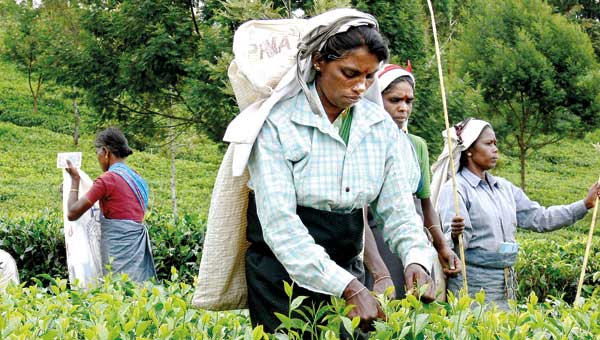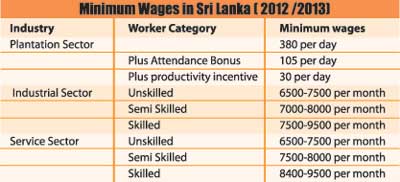04 Mar 2013 - {{hitsCtrl.values.hits}}
.jpg) As the current two-year collective agreement lapses this month, negotiations for another wage increase in the plantation sector are expected to begin soon.
As the current two-year collective agreement lapses this month, negotiations for another wage increase in the plantation sector are expected to begin soon.
 Initially, tea pluckers were paid a fixed daily wage plus a cost-of-living allowance (revised every quarter, based on published index numbers). In return, they had to harvest a minimum quantity of green leaf per day. For any excess quantity harvested above the norm, they were paid a plucking incentive.
Initially, tea pluckers were paid a fixed daily wage plus a cost-of-living allowance (revised every quarter, based on published index numbers). In return, they had to harvest a minimum quantity of green leaf per day. For any excess quantity harvested above the norm, they were paid a plucking incentive.
26 Nov 2024 2 hours ago
26 Nov 2024 2 hours ago
26 Nov 2024 2 hours ago
26 Nov 2024 2 hours ago
26 Nov 2024 2 hours ago